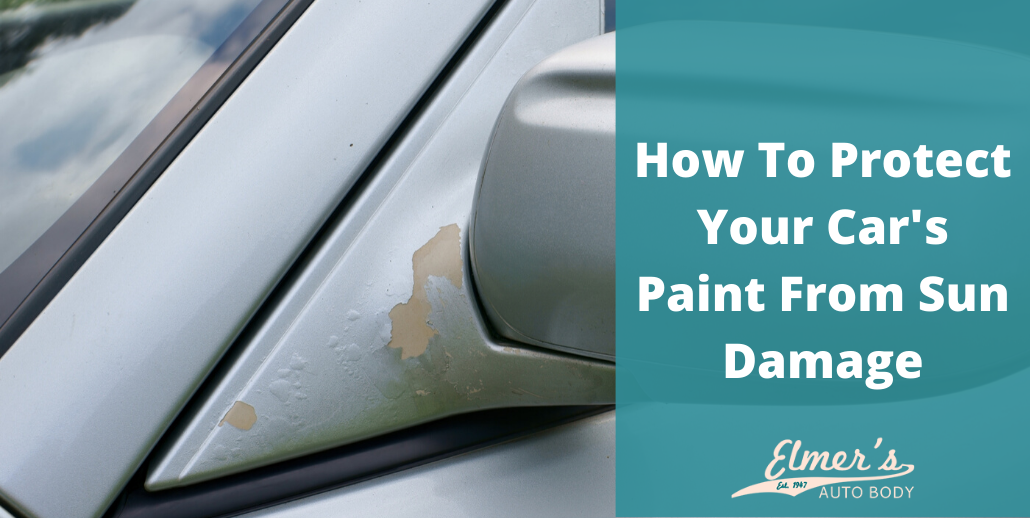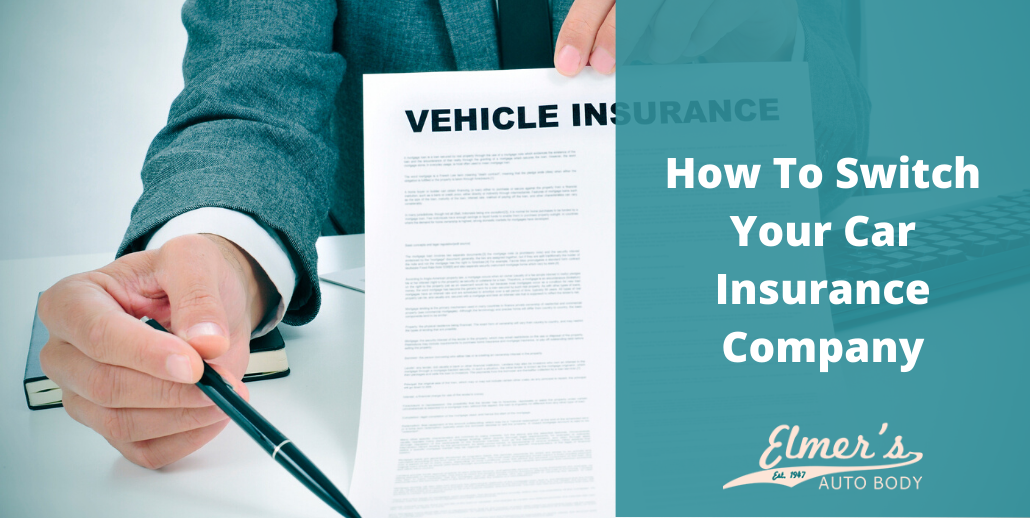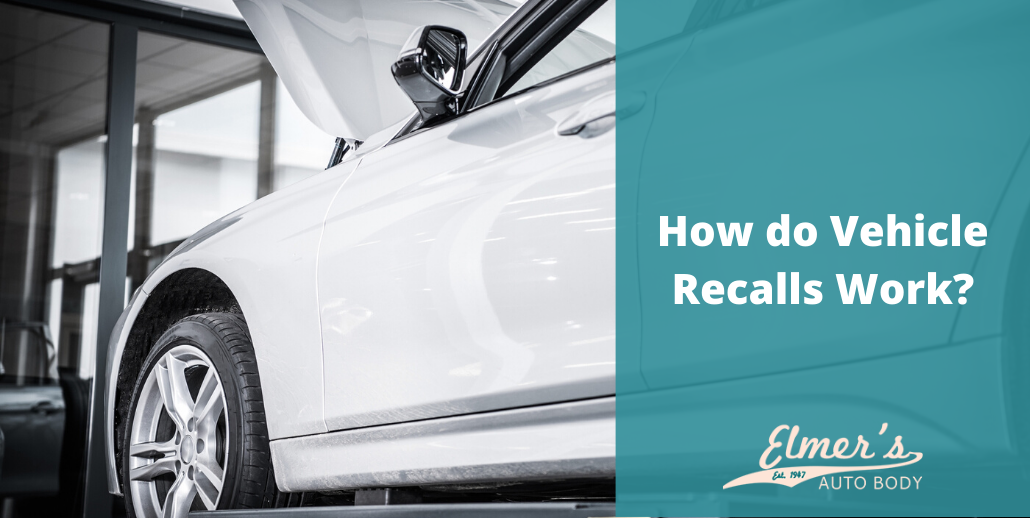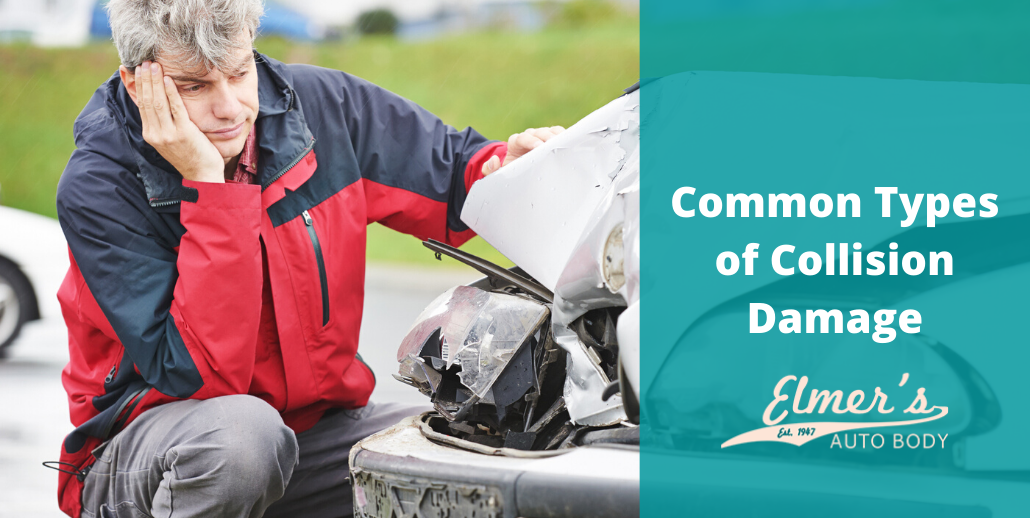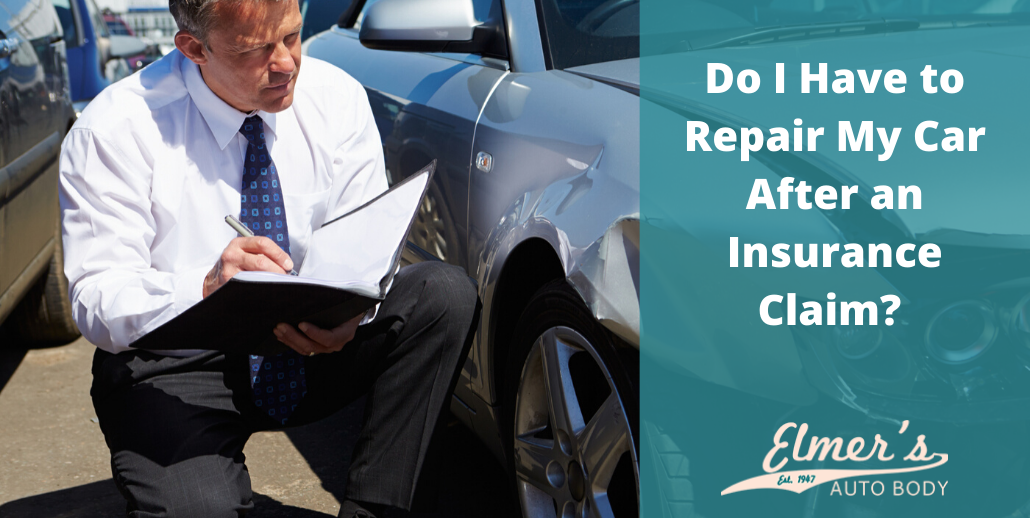You cringe when you look at your hood, roof, trunk lid and all the other vulnerable spots on your vehicle that have taken a brutal beating from the sun. You see the cracks, buckling, paint chips and flakes that fly away in the wind only to make your vehicle appear more ready for the junkyard than your driveway. You know constant exposure to the sun can damage the paint on your car, but how do you protect it from repeated exposure? You also want to know why it happens and what to do about it. Here are some reasons sun exposure ruins the paint on your car and some ways you can combat it.
What Sun Exposure Does to a Vehicle
Car paint damage happens because of ultraviolet or UV rays that penetrate the paint on a vehicle’s surface. Years of exposure to this invisible and powerful form of sunlight speeds up a strong infusion of energy that produces heat, and a breakdown of molecular bonds in paint that results in oxidation. The longer exposure to the ultraviolet rays occurs, the more chances that the paint on a vehicle reflects less and less light and becomes duller and duller. The transference of light diminishes outwardly, which means less noticeable paint color on a vehicle.
Ways to Protect your Car Paint
There are preventatives in decreasing the sun damage to your car while protecting it at the same time. Here are some suggestions.
- Keep your vehicle in a covered space such as a garage, carport, portable carport, a large shade tree or other areas away from the sun. Besides keeping your vehicle undercover, look for parking areas that provide shelter when you are working or just out and about. Anytime your vehicle is away from the penetrating rays of the sun, you can protect the paint, headlights, rubberized trim and other areas of your vehicle that readily absorb heat.
- Wash your vehicle as often as possible in a shaded spot. Rinse your vehicle first and then use a cotton cloth and a mild automotive cleanser that removes dirt, grease, and other debris. If there is an accumulation of mud or bird droppings, try using an automotive clay bar to gently remove the stains without harming the paint. Once you have removed the stains, thoroughly rinse your car to clear any remaining residue.
- Hand dry the exterior of your vehicle with a soft cotton cloth after washing it or after a rainstorm. Hand drying helps prevent the accumulation of any chemicals or other substances found in water that can cause a chemical reaction when exposure when exposed to the ultraviolet rays of the sun.
- Wax your vehicle with a quality product after washing and hand drying it. Waxing prevents ultraviolet damage to the paint on your car, plus it deters dirt, grit and environmental pollutants from sticking to your car. Also, waxing is a good way to hinder pitting.
- Apply a paint protection film to your vehicle. There are now many coatings or film kits that cover the exterior of a vehicle and protect its paint while allowing the color of a vehicle to show through. They are available in both spray and protective film, which you can apply yourself or you can go through a professional film specialist. You can cover an entire vehicle and the headlights that can show wear, pitting and yellowing over time through exposure to ultraviolet rays.
- Use a car cover to protect your vehicle’s paint from the ultraviolet rays of the sun. If you have no other way to protect your vehicle, a car cover can be a quick and handy way to protect your car without having to find enclosed parking. Car covers today easily fit most car models. They are durable, weatherproof, windproof, dustproof, biodegradable and made to endure the elements. There are even disposable plastic car covers that you can use in a pinch to dodge the rain, other weather, and messy street situations.
Protecting your car’s paint from the sun is important. There are several ways to protect your paint job and following the information here is a good start but if you need further help in protecting it, fill out the online contact form and an expert will get back to you with the advice you need to protect your vehicle from the damaging rays of the sun.

